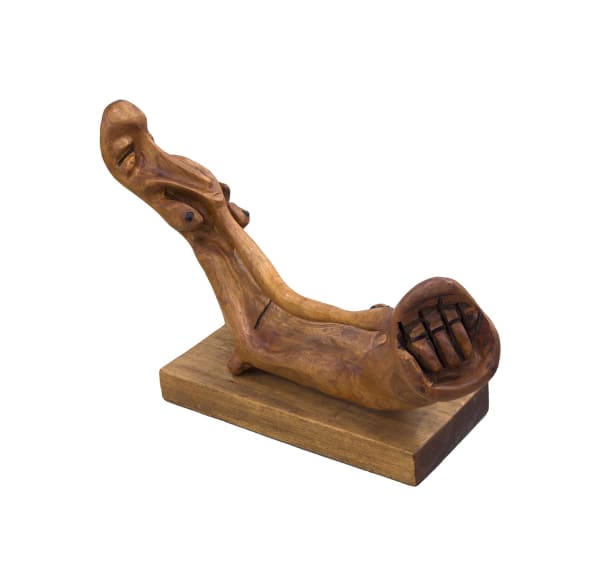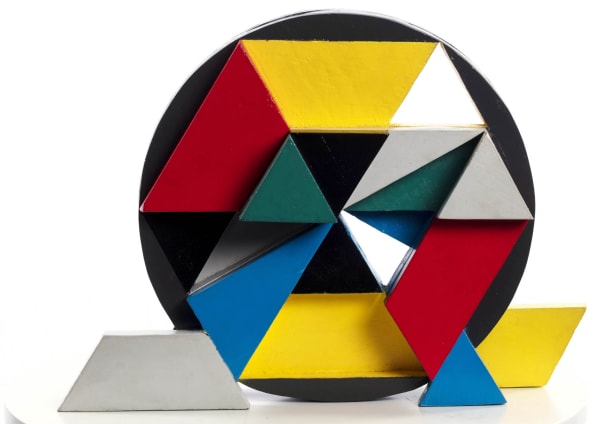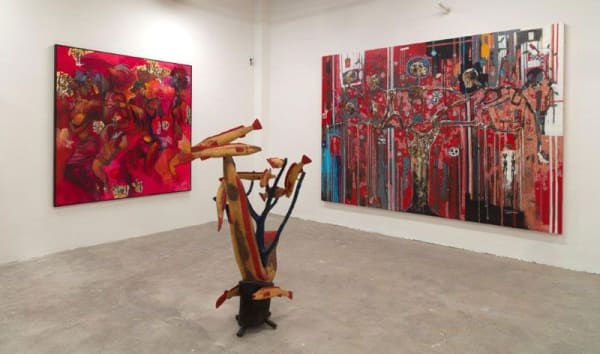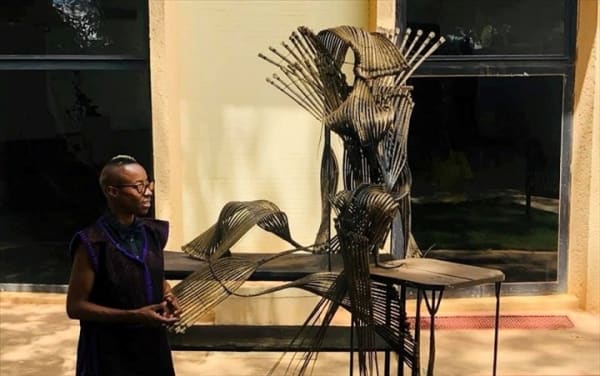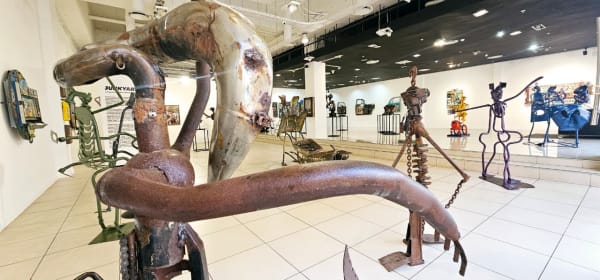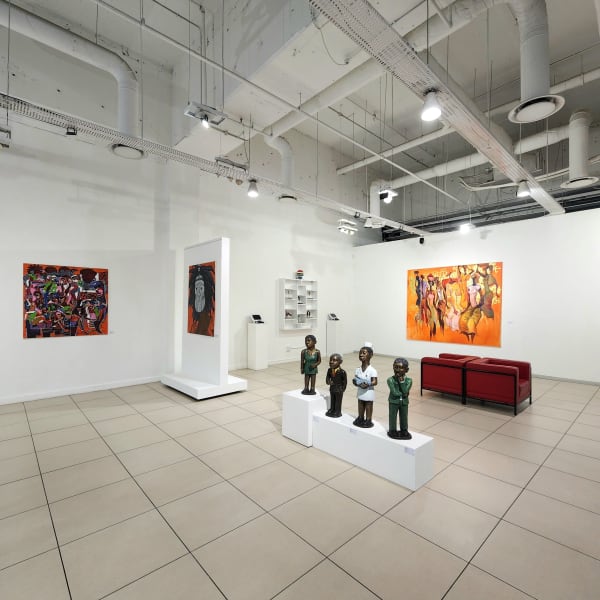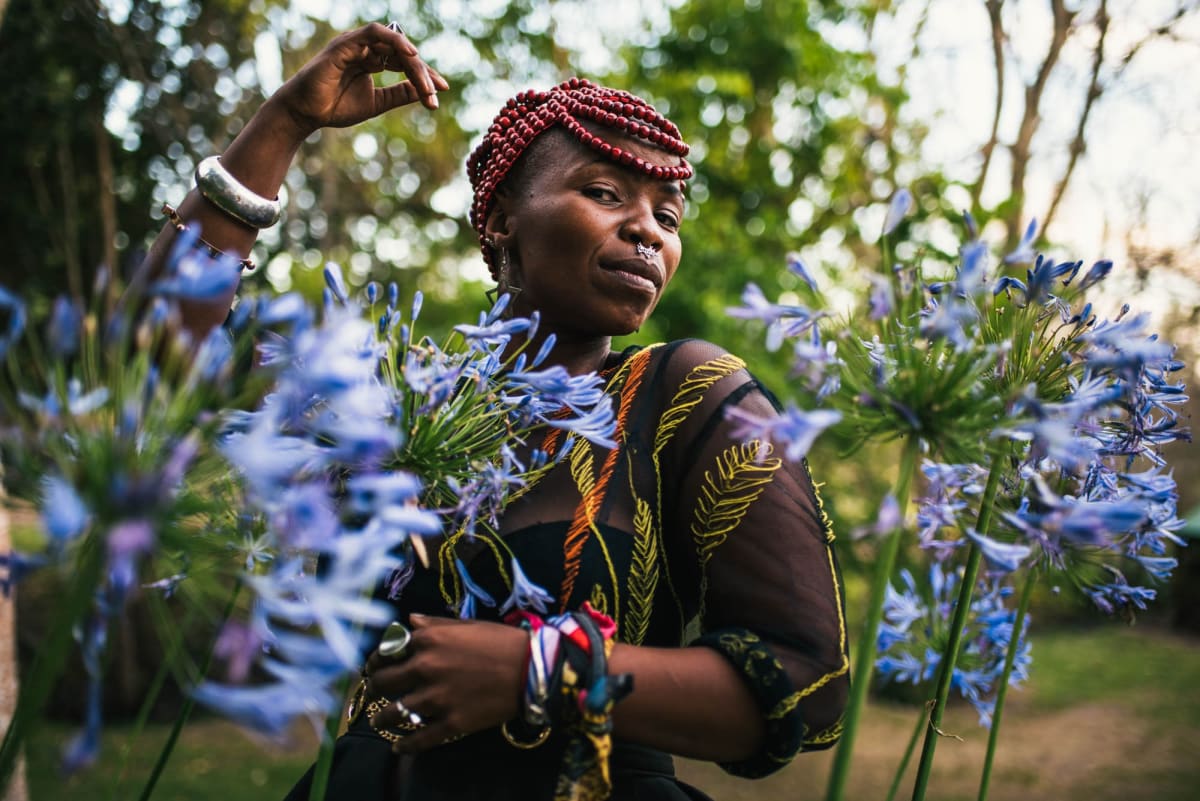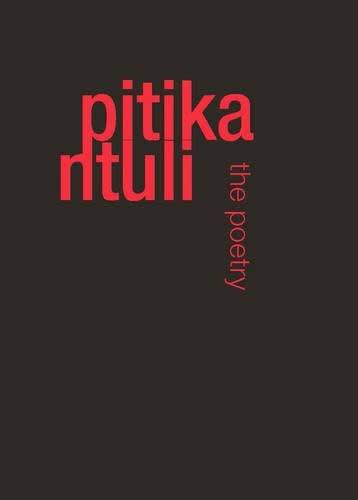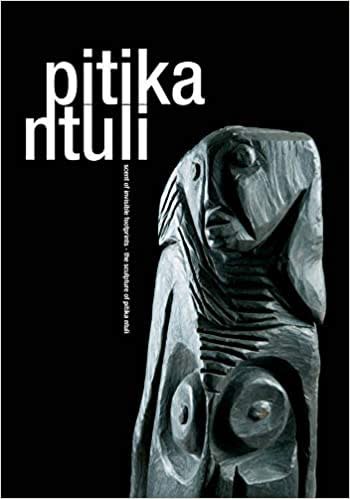Pitika Ntuli African, b. 1940
Following in the tradition of the ‘Renaissance Man’, Pitika Ntuli is a true artistic, political and academic polymath. Interested in exploring the contradictory relationship between tradition and modernity, Ntuli’s witty and dark reflections on our society are captivating and visionary.
Pitika Ntuli was born in 1940 in Springs and grew up in Witbank in Mpumalanga. While a teacher, artist and critical thinker living under the threat of apartheid in the sixties and seventies, Ntuli was forced into exile in Swaziland and arrested and made a political prisoner until 1978, when international pressure forced his release to the UK.
Having already completed an MFA at Pratt Institute in New York in 1977, he finished an MA at Brunel University in London, in 1985 after which he lectured art at various international and South African universities including; Central St. Martin’s College of Art and Wits University. He was an artist in residence in the 1980s and ‘90s at schools and colleges in London. Among many other leadership appointments at South African universities, he served as Deputy Vice-Chancellor at the UDW.
His contribution to the development of arts and culture in South Africa has been immense. He served as director at the Sankofa Institute for the African Renaissance and, Fellow of the Mapungubwe Institute, among many other fellowships. He was awarded the Arts and Culture Trust – Lifetime Achievement Award in 2013 and the City of Johannesburg named him a ‘Living Legend’ in 2012.
He has curated several exhibitions,. In his capacity as an artist he has staged numerous solo exhibitions in South Africa, Germany and the United Kingdom.
His works grace numerous important corporate, private – such as Paul Simon, USA, and Akufo Addo, Ghana - and public collections such as the African American Institute, New York, USA and Constitutional Court, Johannesburg, SA.
Primarily a sculptor, Pitika’s work expresses a sense of haunting loneliness – a distress at the pillaging of a continent and culture through the lens of post-colonialism. His stark skeletal structures are created in any physical medium he can find: metal, wood, stone, and bone and can range from small to monumental works in granite that weigh in excess of 19 tons.
"In Art, the creative act is a titanic battle between flesh and spirit. Each artwork is a diversion of the flesh, the body. Each time the artist dies, a new work is born, or rather the opposite: each time a work of art is born the artist dies a little. A little death invokes a greater desire to live and thus creates another artwork. When the artist dies finally, she continues to live through her offspring – her children and her artworks. "
While there is an element of darkness on display in his work, there is a strong sense of wit and tongue-in-check irony present in each of his sculptures.
Pitika is also a poet, often combining classical Eurocentric form and clichés when discussing the destruction and pillaging of the African culture and landscape.
-

Azibuyele Emasisweni’ showing at the Durban Art Gallery
Newzroom Afrika 18 Apr 2023Audiences in Durban will be treated to an exhibition of 55 bone sculptures, each accompanied by a praise hymn written and recited by cultural expert...Read more -

Living Legend' Professor Pitika Ntuli discusses his art exhibition Azibuyele Emasisweni .
Lotus FM 13 Apr 2023Click here to listen to the interviewRead more -

kykNET Fiëstas 2023
Pitika Ntuli wins an award for Best Achievement in the Visual Arts 17 Mar 2023Fiësta Award for best achievement in visual arts for Azibuyele Emasiswene / Terugkeer na die bron . The kykNET Fiësta Awards, which has been honouring...Read more -

Pitika Ntuli presents “Azibuyele Emasisweni (Return to the Source)” at the Oliewenhuis Museum of Art in Bloemfontein
By La Rédaction 9 Nov 2022“Azibuyele Emasisweni (Return to the Source)” is Pitika Ntuli ‘s latest exhibition, which was opened at the June 2020 celebration of public art expressions by...Read more
-

Acclaimed artist tours nation
Pitika Ntuli 11 Oct 2022During the height of Covid-19, few online exhibitions managed to grab the attention of the masses quite like Pitika Ntuli’s Azibuyele Emasisweni (Return to the...Read more -

Incidentally... The power of praise is wasted on the dead
Sue de Groot - Deputy features editor: Sunday Times 20 Feb 2022Yes, we are all going to die — and that means you. So spread some love while you can I’m sure I’m not the only...Read more -

A rich life of a man behind the big toys
By Kuli Roberts 28 Oct 2021Johannesburg- Pitika Ntuli is an academic, sculptor, poet, and writer who has contributed immensely to the political and artistic discourse of South Africa before and...Read more -

Q&A | Craig Marks, founder of SculptX still set on carving out a niche
arts 24 3 Sep 2021What was the motivation for starting a sculpture fair? Craig Mark: We noticed the growing interest in sculpture with the opening of a large number...Read more
-

Annual sculpture fair returns for its fourth edition at Melrose Gallery: Craig Mark
SculptX 2021 3 Sep 2021The annual sculpture fair returns for its fourth edition. The largest of its kind in South Africa, this year it will present over 200 works....Read more -

SA sculptor Pitika Ntuli just won a Global Fine Art Award
Erene Roux 20 May 2021The South African sculptor, poet and writer, Pitika Ntuli recently walked away with the Global Fine Art People’s Choice “You-2″ award in Paris. PITIKA NTULI...Read more -

South African poet and sculptor Pitika Ntuli wins a Global Fine Art Award in Paris
Shonisani Tshikalange 19 May 2021South African sculptor, poet and writer Pitika Ntuli on Tuesday added another accolade to his impressive CV, being awarded the Global Fine Art people’s choice...Read more -

From an artist, to an artist: Pitika Ntuli remembers Sibongile Khumalo
By Pitika Ntuli 31 Jan 2021In June 2020, South African poet, professor and sculptor Pitika Ntuli completed a collection of sculptures made mostly of bones. A number of his lifelong...Read more
-

Melrose Gallery pan-African group exhibition at Sandton City's Diamond Walk extended
21 Jan 2021The Melrose Gallery is currently showcasing the Introspection - Art Of Contemporary Africa group exhibition, which features established and emerging artists from Africa, at Sandton...Read more -

Pitika Ntuli’ hailed for his bone exhibition at National Arts Festival
Pitika Ntuli 3 Jul 2020Click here to enter the online exhibition Pitika Ntuli’s 45 bone sculpture exhibition receives high praise at the Virtual National Arts Festival. South African sculptor,...Read more -

BISO 2019: Ouagadougou, capitale de la sculpture africaine jusqu’au 15 novembre
Adejoke Tugbiyele 15 Nov 2019The Burkinabe capital has been hosting the 1st edition of the International Sculpture Biennial of Ouagadougou (BISO) since October 8 and until November 15, 2019....Read more -

Pitika Ntuli Speaks To ART AFRICA In An All-Encompassing Conversation
2 May 2019The 77-year-old artist spoke to ART AFRICA in an all-encompassing conversation that touched on his origins as an artist, his favourite materials and the state...Read more
-

JUNKYARD DOGS
A Powerful Exhibition by SA Icons Pitika Ntuli and Willie Bester 29 Aug - 31 Oct 2025As for ‘Junkyard Dogs’? They are fierce guardians, ruthless, unbreakable. If the descriptor fits Willie Bester and Pitika Ntuli, it is because both were forged out of a resistance culture,...Read more -

The Alchemy of Colour
A Winter Group Exhibition at The Melrose Gallery 10 Jun - 18 Aug 2025In The Alchemy of Colour, The Melrose Gallery presents a selection of colour-driven works by bold voices in contemporary African art.The exhibition presents a large number of artists from The...Read more -

Azibuyele Emasisweni - (Return to the Source)
Pitika Ntuli 2 Aug 2020 - 31 Dec 2021Azibuyele Emasisweni, (Return to the Source) is the first solo exhibition of the renowned artist and Sangoma (spiritual healer) Pitika Ntuli to comprise solely of works sculpted from bone. Pitika...Read more





